Makerspaces in Portage Schoolsby Robin Kvalo, Principal of Portage High School
In the fall of 2015, elementary principals provided the LMS and Tech Coach old materials in the science closet to do with what they wanted. At John Muir, the largest elementary school in Portage, the library serves as a staging area for second graders for the 20 minutes before they go into the classroom for the day. The tech coach and elementary library media specialist decided that would be the perfect place to start. They planned a new activity for the students each week. They made it a point to rotate the activities, covering science and math, technology, literacy, and crafts. They started the first week with a box of cleaned out used k-cups and told the students to build something. They have learned to drive spheros, how to connect wires to make a light bulb light up, and how to work as a team to create symmetrical patterns. They have made Oobleck, fossils, baskets and holiday gifts. They have built with all sorts of objects, and used ipads to make pictures 3D and interactive. It has been a huge success. For activities, students have guiding questions for the students to answer. Every other Friday, students talk about the last couple of weeks. They discuss what was difficult, what was easy, what surprised them, what they liked or didn’t like about what they were making. The students are thinking about their learning. Elementary is living and learning 21st Century skills. For the principal Robin Kvalo, of Portage High School, the term Makerspace came into her world when she brought Naomi Harm, Innovative Educator Consultant, to Portage High School for staff development workshops. Initially she wasn’t sure where they’d fit in a high school. However, after attending Naomi’s Makerspace workshop “Make Room for Makerspaces” at SLATE in December 2015, she was hooked. In 2011-12, PHS had already converted their traditional library into an iCenter, where print and technology came together in a 21st Century Learning space. This was the perfect location to launch several Makerspaces at PHS. Launch day was Digital Learning Day.
For PHS’s Library Media Specialist, Makerspaces had been a topic of conversation among library peers for at least a year and she admits that at middle level and elementary level they made more sense to her because she sees those students “at play” on a regular basis, in fact “play/recess” is so important at those levels it is built into their daily routine. At the high school level it seemed a harder fit as the focus is academics, career planning or job skills. Then she came across an article by Diana Rendina, titled “Advocating for Makerspaces in Libraries” (Knowledge Quest, July 29, 2015) who pointed out the amount of research available about how BOTH children and our young adults LEARN THROUGH PLAY and that brought it home for me. To quote from her article “what often looks like “just play” to adults is actually a reflection of much deeper learning.” Providing that space to students in a place that already provides a variety of resources for everyone to access is a natural fit. PHS began with their “Google Gals” team: Library Media Specialist, Technology Director, Technology Coach and PHS Principal brainstorming various Makerspaces they had researched. The team settled on eight (8) stations for the launch: Osmo, 3D Pen, Google Cardboard, Lego wall (which has been duplicated in a number of elementary schools now), adult coloring books, puzzles, drones, and Makey Makey. The Plan - Launch the spaces to students during Digital Learning Week, different stations each day. They had the PHS iTeam (technology team of students who reside in the iCenter each period to troubleshoot technology issues) learn each Makerspace and become an “expert” in a Makerspace to present to other PHS students. Everyone brainstormed challenges for each station. Twitter, Facebook, the high school website and morning announcements were used to give hints to students about what was coming that week. The week after the launch all of our science classes were scheduled into the iCenter to experience each Makerspace. It was felt science teachers naturally understood Makerspaces and could help students see how Makerspaces fostered creativity, collaboration, communication, critical thinking, problem solving, design and redesign, and innovation. They were learning through failure. They were learning through experimentation. We had tied the 4C’s and 21st Century skills into one place. Once students had experienced the Makerspaces, it was time for staff to enjoy the fun and critical thinking required. The staff meeting included an overview of why it started in the iCenter because that location it is often considered the central location for inquiry, information, and research. Now the iCenter had hands-on experiences for discovery. As departments experienced each Makerspace, they discussed and recorded ideas they had for makerspaces in their courses. They also discovered, many already had “Makerspaces”, they just didn’t name them as such. Most of all, they realized that through play there is learning!
Makerspaces has brought excitement to our staff and students. Teachers are now thinking beyond the traditional educational practices and are looking at new and innovative ways to incorporate creativity, collaboration, and problem solving into their classes. |
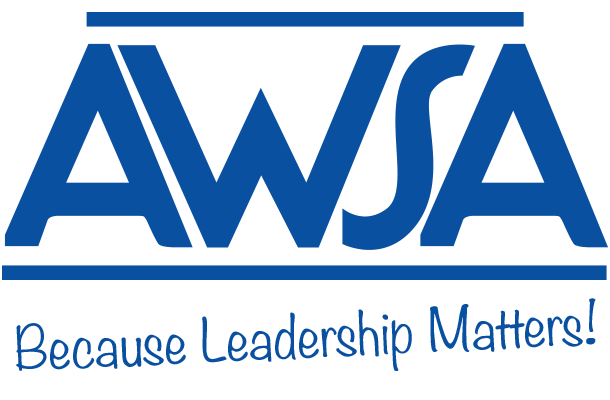
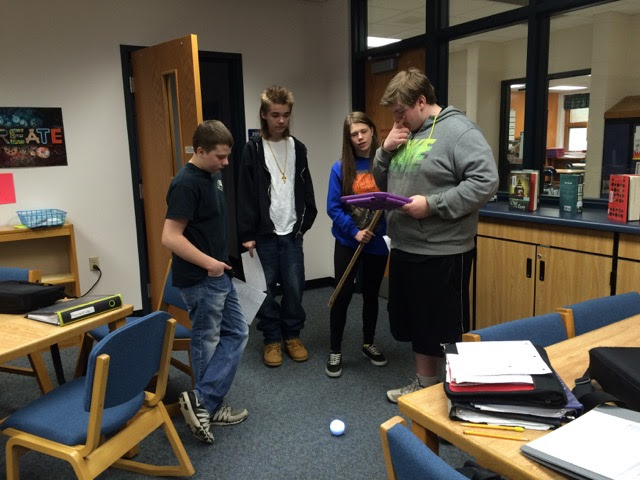 We are excited about Makerspaces in Portage. WEMTA introduced us to them. We’ve read articles, attended workshops and taken Naomi Harm’s Makerspace class. While we were excited about the concept, we weren’t sure what they’d look like at the elementary level, let alone the high school.
We are excited about Makerspaces in Portage. WEMTA introduced us to them. We’ve read articles, attended workshops and taken Naomi Harm’s Makerspace class. While we were excited about the concept, we weren’t sure what they’d look like at the elementary level, let alone the high school. 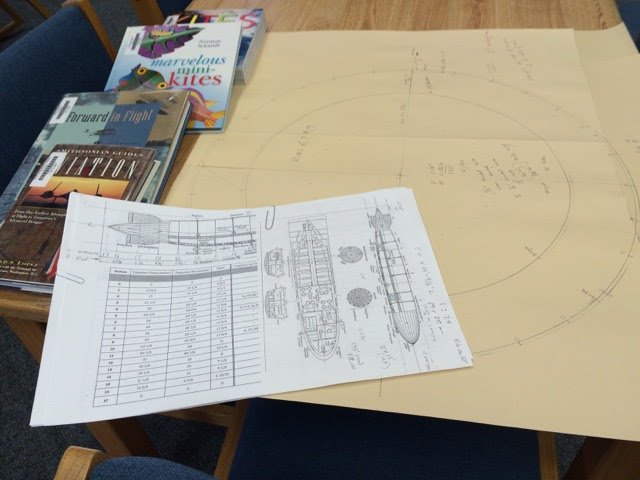
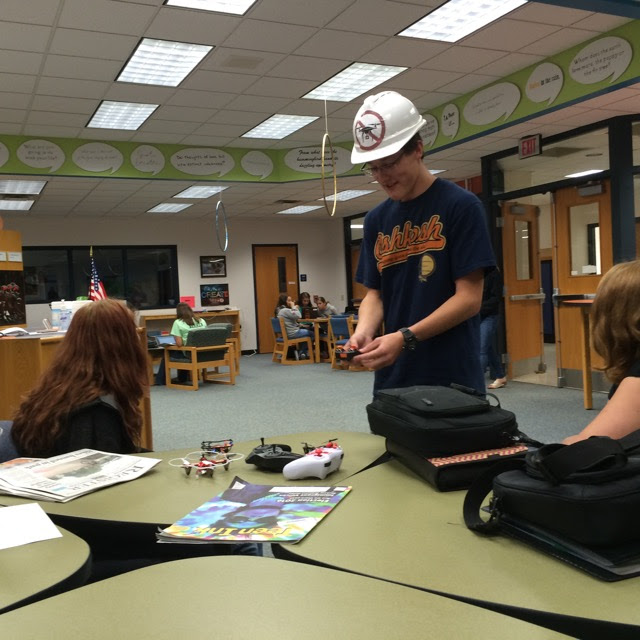
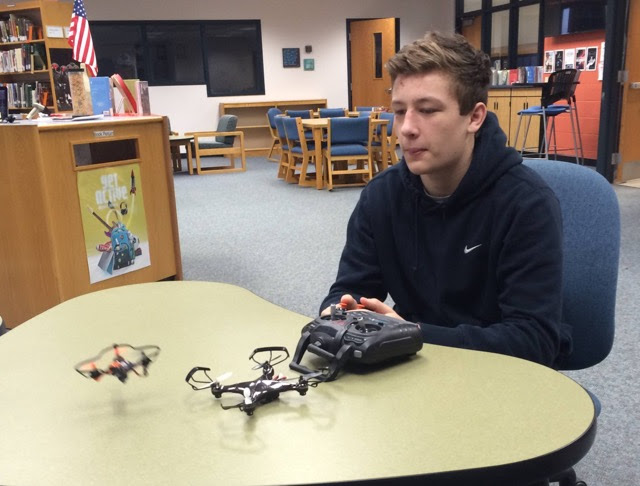
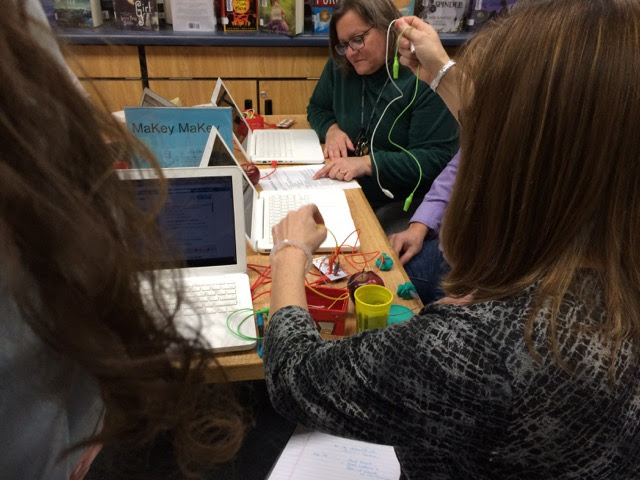 What’s next? Teachers are looking at their curriculum and ways to implement a Makerspace environment in their rooms/departments. Currently a PHS Art teacher is spending a free period as the Makerspace facilitator in the iCenter. So far this year, students have done scale modeling (made a Zeppline) and learned to fly drones. Teachers are talking about creating Adult Makerspaces for one another and the community. Last spring a welding Makerspace was in the Tech Ed department. Students are suggesting Makerspaces they’d like to see. Resources have been designated for Makerspaces. It is exciting to see energy and enthusiasm from students when they are trying to solve a problem. All are finding excitement in learning this way. The fear of failure is okay. There is a willingness to try again. Makerspaces may re-engage some of our students at school while they learn life skills that are necessary for success in the 21st century.
What’s next? Teachers are looking at their curriculum and ways to implement a Makerspace environment in their rooms/departments. Currently a PHS Art teacher is spending a free period as the Makerspace facilitator in the iCenter. So far this year, students have done scale modeling (made a Zeppline) and learned to fly drones. Teachers are talking about creating Adult Makerspaces for one another and the community. Last spring a welding Makerspace was in the Tech Ed department. Students are suggesting Makerspaces they’d like to see. Resources have been designated for Makerspaces. It is exciting to see energy and enthusiasm from students when they are trying to solve a problem. All are finding excitement in learning this way. The fear of failure is okay. There is a willingness to try again. Makerspaces may re-engage some of our students at school while they learn life skills that are necessary for success in the 21st century.